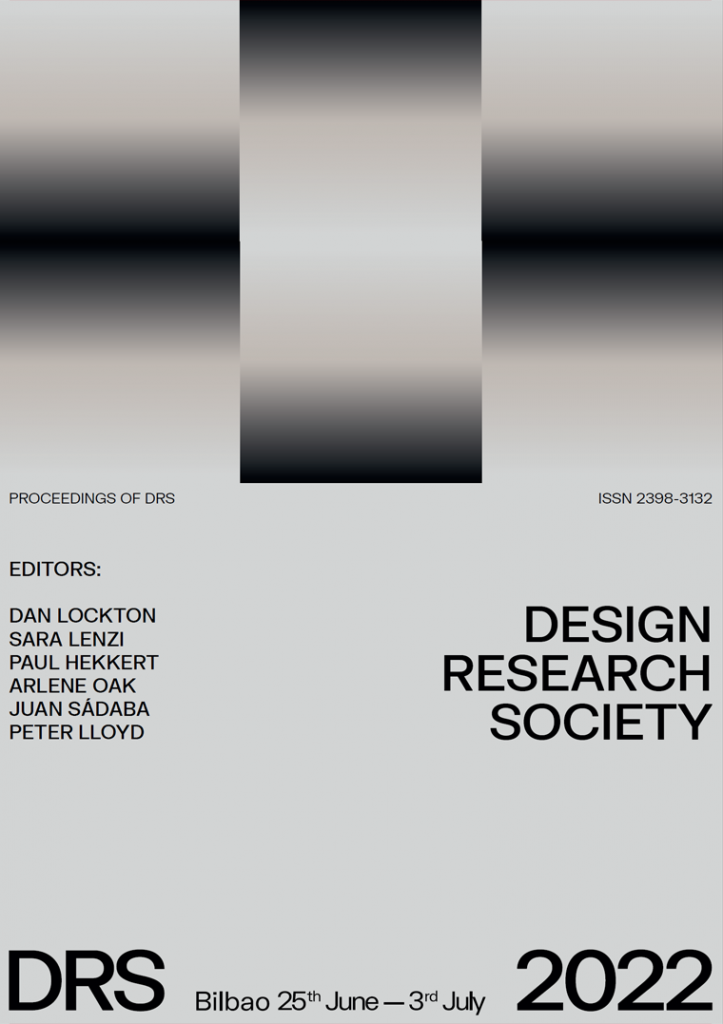The concept of networks will be analyzed through a Hybrid Economy model, looking at new organizational forms and new multi-actor collaborations; Evolutionary Economic Geography defines these as interested in both social and financial returns, and it identifies institutions as particularly relevant in the success of these new enterprises. Six main factors that define the hybridity of a business and an enterprise have been identified: Offer; Goals and impacts; Founders composition; Team/Staff composition; (Relationship with) customers. To test this approach, we decided to analyze qualitative data collected during a research project which involved two sister cities: Milano and Chicago. The paper will focus on the Milanese case study, which considered manufacturing activities, including both 4.0 manufacturing and more traditional craftmanship activities. We will define different forms of networks that can favor the hybridity of businesses and the roles that design can play. The research project was conducted before the COVID-19 pandemic spread worldwide; however, it is relevant to notice how reflections on the future of our cities were already part of policies and planning programs. The pandemic made evident the importance of local (and hyper-local) networks and also accelerated intervention processes devoted to favoring the creation of self-sustaining neighborhoods.
